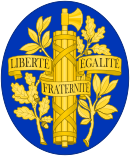
Camille Hyacinthe Odilon Barrot was a French politician who was briefly head of the council of ministers under President Louis-Napoléon Bonaparte in 1848–49.
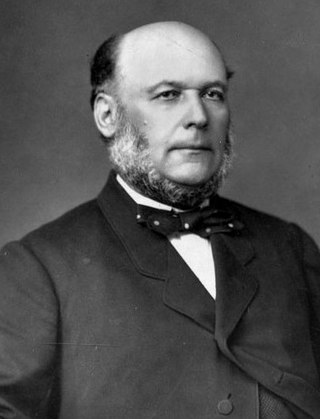
François Judith Paul Grévy, known as Jules Grévy, was a French lawyer and politician who served as President of France from 1879 to 1887. He was a leader of the Moderate Republicans, and given that his predecessors were monarchists who tried without success to restore the French monarchy, Grévy is considered the first real republican president of France.

Orléanist was a 19th-century French political label originally used by those who supported a constitutional monarchy expressed by the House of Orléans. Due to the radical political changes that occurred during that century in France, three different phases of Orléanism can be identified:

Louis-Eugène Cavaignac was a French general and politician who served as head of the executive power of France between June and December 1848, during the French Second Republic.

The French Second Republic, officially the French Republic, was the republican government of France that existed between 1848 and 1852. It was established in February 1848, with the February Revolution that overthrew the July Monarchy of King Louis-Phillipe, and ended in December 1852. Following the election of President Louis-Napoléon Bonaparte in 1848 and the 1851 coup d'état the president staged, Bonaparte proclaimed himself Emperor Napoleon III and initiated the Second French Empire. The short-lived republic officially adopted the motto of the First Republic; Liberté, Égalité, Fraternité.

Jacques-Charles Dupont de l'Eure was a French lawyer and statesman.

The Coup d'état of 2 December 1851 was a self-coup staged by Louis-Napoléon Bonaparte, at the time President of France under the Second Republic. Code-named Operation Rubicon and timed to coincide with the anniversary of Napoleon I's coronation and victory at Austerlitz, the coup dissolved the National Assembly, granted dictatorial powers to the president and preceded the establishment of the Second French Empire a year later.
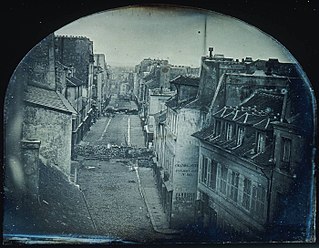
The June Days uprising was an uprising staged by French civilians from 22 to 26 June 1848. It was in response to plans to close the National Workshops, created by the Second Republic in order to provide work and a minimal source of income for the unemployed. The National Guard, led by General Louis-Eugène Cavaignac, was called out to quell the rebellion. Over 10,000 people were either killed or injured, while 4,000 insurgents were deported to French Algeria. The uprising marked the end of the hopes of a "Democratic and Social Republic" and the victory of the liberals over the Radical Republicans.

Presidential elections were held for the first time in France on 10 and 11 December 1848, electing the first and only president of the Second Republic. The election was held on 10 December 1848 and led to the surprise victory of Louis-Napoléon Bonaparte with 74% of the popular vote. This was the only direct presidential election until the 1965 French presidential election.
The Moderates or Moderate Republicans, pejoratively labeled Opportunist Republicans, was a French political group active in the late 19th century during the Third French Republic. The leaders of the group included Adolphe Thiers, Jules Ferry, Jules Grévy, Henri Wallon and René Waldeck-Rousseau.
The Rue de Poitiers Committee, best known as the Party of Order, was a political group formed by monarchists and conservatives in the French Parliament during the French Second Republic. It included monarchist members from both the Orléanist and Legitimist factions and also some republicans who admired the United States model of government.

The Left in France was represented at the beginning of the 20th century by two main political parties, namely the Republican, Radical and Radical-Socialist Party and the French Section of the Workers' International (SFIO), created in 1905 as a merger of various Marxist parties.

Michel Goudchaux was a French banker and politician who was twice Minister of Finance during the French Second Republic. A firm Republican, he refused to accept the government of Napoleon III.

Ariste Jacques Trouvé-Chauvel was a French businessman, banker and politician. He was briefly Minister of Finance towards the end of 1848.
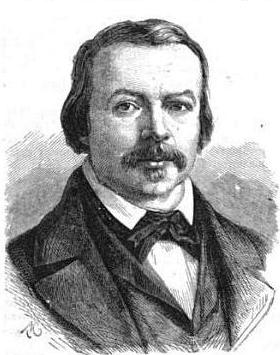
Ferdinand Flocon was a French journalist and politician who was one of the founding members of the Provisional Government at the start of the French Second Republic in 1848. He was Minister of Agriculture and Commerce for the Executive Commission of 1848. He opposed Louis Napoleon and was forced into exile in the Second French Empire (1852–1870).

Démosthène Ollivier was a French businessman and politician. He was a staunch democrat and Republican, and was opposed to the Bourbon Restoration and the monarchy of Louis Philippe I. In the 1830s he was a friend of the Italian nationalist politician Giuseppe Mazzini. He was elected to the Constituent Assembly after the revolution of 1848. He protested the 1851 coup by Prince Louis Napoleon, and was forced into exile. His son Émile Ollivier became a prominent politician, and Démosthène Ollivier was allowed to return to France in 1860.
The Movement Party was a centre-left liberal monarchists political group during the July Monarchy.
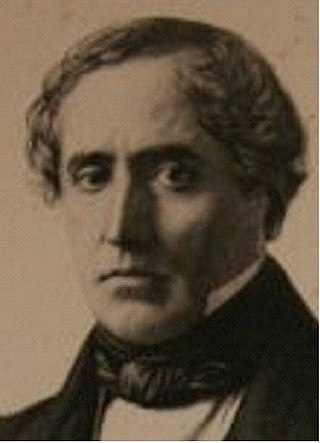
Jean-Pierre Lamotte-Rateau was a French lawyer and politician who represented the department of Charente in the Constituent Assembly and then the Legislature during the French Second Republic. He is known as author of the Rateau proposal to dissolve the Constituent Assembly before all the organic laws had been passed, this preventing any reduction in the powers of the President Louis Napoleon Bonaparte.
